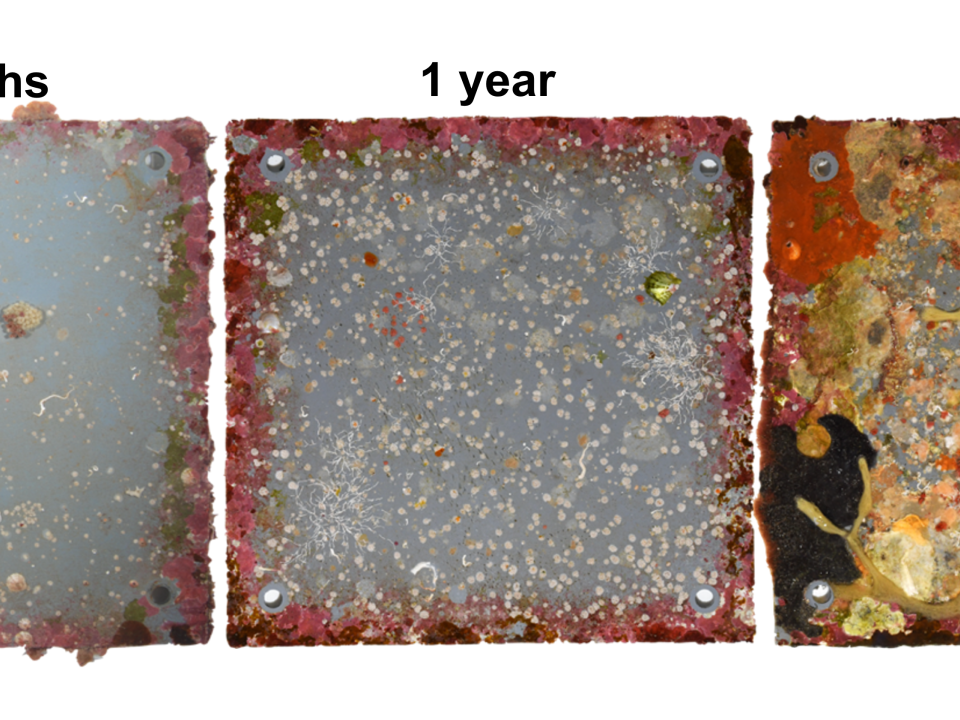Frattini, B., Bruggemann, J. H., Goberville, E., Couëdel, M., Bruggemann, F., & Guillaume, M. M. M. (2025). Seasonal colonisation and ecological succession shape coral reef sessile cryptobenthic communities in Autonomous Reef Monitoring Structures. Scientific Reports, 15(1), 23232. https://doi.org/10.1038/s41598-025-01624-9
Understanding ecological succession is essential for managing complex ecosystems like coral reefs. This study investigates the successional dynamics of sessile cryptobenthic communities (SCC), a key component of coral reef biodiversity and functioning, focusing on deterministic and stochastic ecological processes. To assess changes in SCC richness and composition, we deployed five triplicates of Autonomous Reef Monitoring Structures (ARMS) at a coral reef slope site in Reunion Island (South-West Indian Ocean) during both hot and cool seasons, and recovered them after 6 months, 1 year, and 2 years. ARMS photo-analysis revealed that pioneer communities consisted of biofilms, hydrozoans, crustose coralline algae, and foraminifers, while sponges, macroalgae, and bivalves emerged as late colonisers. Seasonal effects were strongest in early succession but diminished over time. Mean morphospecies richness increased from 24.8 ± 1.9 at 6 months to 33.3 ± 5.8 at 2 years, with taxa turnover driving β-diversity. Null model analyses indicated that stochastic processes shaped community membership, while deterministic processes regulated taxa abundances throughout succession. SCC required more than 2 years to reach maturity, raising reef productivity and diversity concerns as extreme events like coral bleaching become more frequent. These findings, supported by metabarcoding, provide insights for reef monitoring and conservation amid increasing disturbances.
Contact: Baptiste Frattini, baptiste.frattini@edu.mnhn.fr





